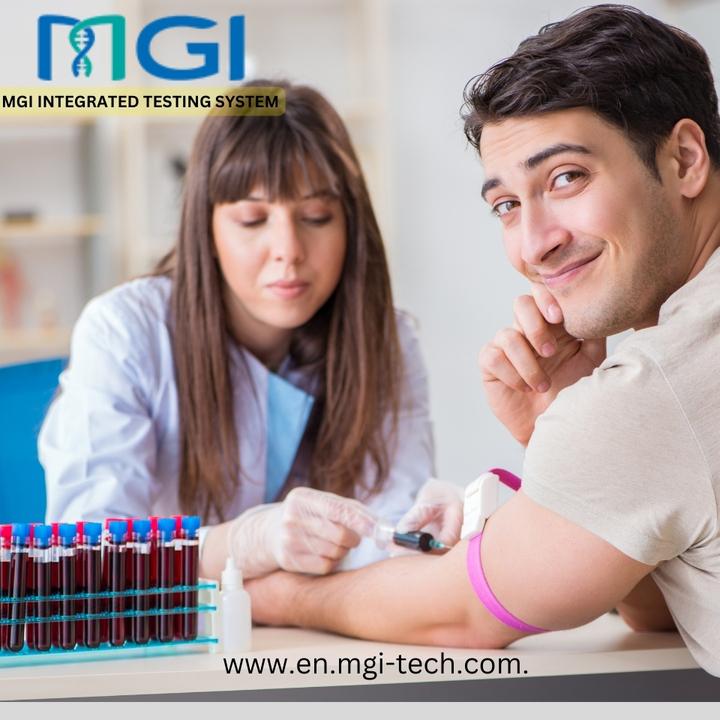The MGI Integrated Testing System is a revolutionary platform designed to streamline and enhance the process of testing and analysis in various fields including medical diagnostics, research laboratories, and industrial applications. This guide will provide a detailed overview of the system, its components, functionalities, and how to effectively utilize it for maximum efficiency.
-
Understanding the Components: The MGI Integrated Testing System comprises hardware, software, and consumables. The hardware includes high-throughput sequencers, robotic liquid handlers, and automated sample preparation systems. The software component consists of user-friendly interfaces for data analysis, result interpretation, and system management. Consumables such as reagents, cartridges, and sample tubes are also integral parts of the system.
-
Setting Up the System: Before using the MGI Integrated Testing System, ensure that all hardware components are properly installed and calibrated according to the manufacturer's instructions. Connect the sequencers, liquid handlers, and sample preparation modules to the designated ports on the system. Install the necessary software on compatible devices and configure user accounts with appropriate permissions.
-
Sample Preparation: Prepare samples according to the specific requirements of the test or analysis being performed. Utilize the automated sample preparation modules to streamline and standardize this process, minimizing errors and variability. Follow the recommended protocols provided by MGI to ensure optimal results.
-
Test Design and Configuration: Use the software interface to design custom tests or select pre-defined assays from the system's library. Configure parameters such as sample types, reaction conditions, and analysis methods according to the desired objectives. The software allows for flexibility in experiment design, catering to diverse research needs.
-
Data Acquisition and Analysis: Initiate the testing process and monitor the progress in real-time through the software interface. The system automatically collects data from sequencers and other instruments, generating comprehensive results within minutes to hours, depending on the complexity of the analysis. Utilize built-in analytical tools to interpret data, visualize results, and generate reports for further analysis or publication.
-
Maintenance and Quality Control: Regularly maintain and calibrate the hardware components of the MGI Integrated Testing System to ensure accurate and reliable performance. Implement quality control measures such as running control samples and monitoring system metrics to validate the integrity of results. Follow the manufacturer's guidelines for troubleshooting and resolving technical issues promptly.
-
Training and Support: Provide comprehensive training to users on the operation of the MGI Integrated Testing System, including software navigation, instrument handling, and troubleshooting procedures. Access technical support resources such as manuals, online forums, and customer service channels for assistance with any inquiries or challenges encountered during system operation.
Conclusion: The MGI Integrated Testing System offers unparalleled efficiency, accuracy, and versatility in conducting a wide range of tests and analyses. By following this guide and leveraging the capabilities of the system, researchers, clinicians, and industrial professionals can optimize their workflow, accelerate discoveries, and drive innovation in their respective fields.


